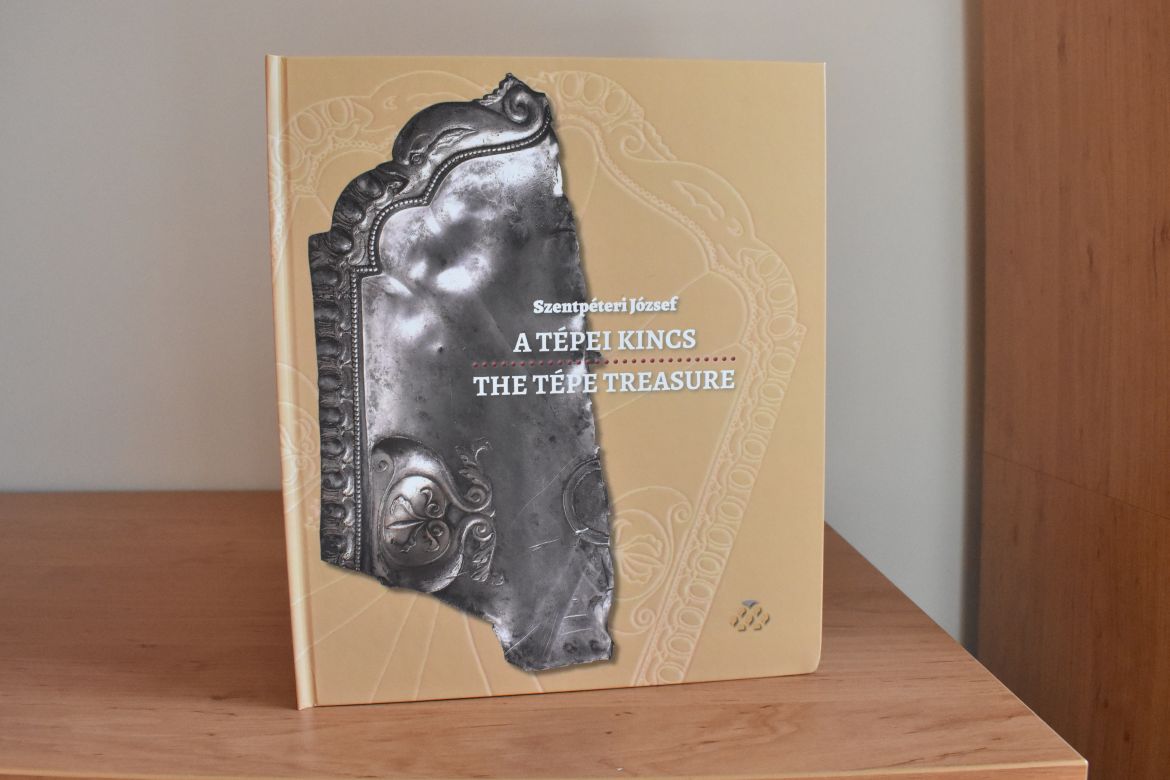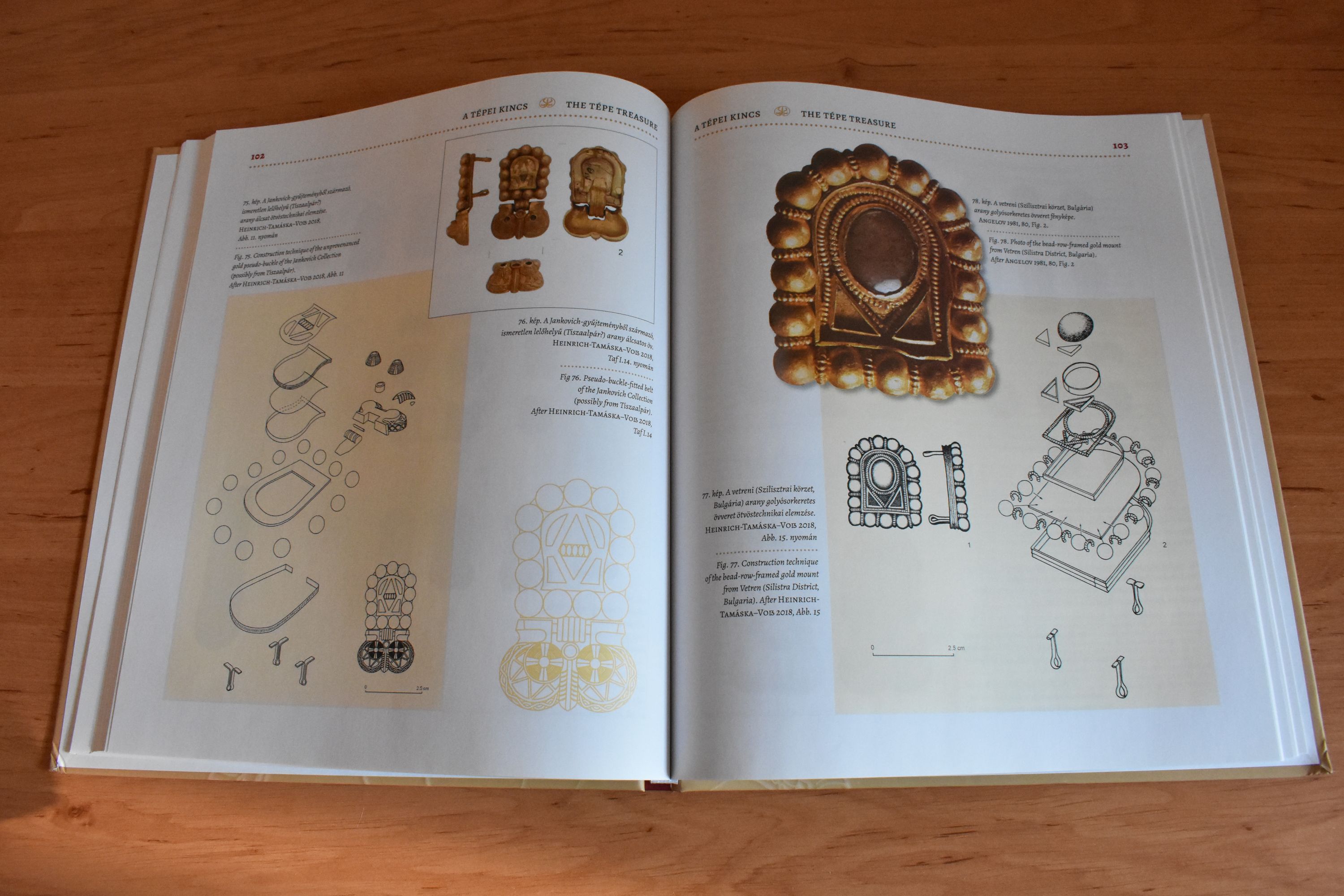Megjelent Szentpéteri József gazdagon illusztrált új kötete, A tépei kincs nyomában, amely egy izgalmas nyomozás történetét mutatja be angol és magyar nyelven egyaránt. Éppen 110 év telt el azóta, hogy mesés kincsre bukkantak egy eldugott bihari falu határában, a tépei Görbekertben, melyet „aranyos dombként” őrzött meg a családi emlékezet. A szerencsés találók az ölükbe hullott arany- és ezüstholmikon igazságosan megosztoztak, s bizonyára mindez a jótékony feledés homályába merült volna, ha éppen nem közeleg karácsony szent ünnepe… – ezzel kezdődik a magyarországi régészeti nyomozások egyik izgalmas fejezete az 1911 decemberében talált kincs történetéről. Az elmúlt évszázad régészeti és művészettörténeti kutatásai során bebizonyosodott, hogy kb. 1350–1500 éves leletekről van szó; a Kárpát-medencét uralma alatt tartó avar kagán kincstárából származó tárgyakról, melyek fordulatos sorsának állomásait ekképpen lehet rekonstruálni: bizánci–avar ajándékcsere, tezaurálás, fejedelmi temetkezés, sírrablás, s végül rejtekhely a mocsárban.

Levéltári és meteorológiai források tanulmányozása, helyszíni szemlék, múzeumi kiállítások sora, három nemzedék egymásra épülő munkája kellett ahhoz, hogy a kincsből ránk maradt mindössze fél tucat lelet (aranyozott ezüst tálalótál, ezüstkorsó és -kehely, arany álcsatos díszöv verete, aranyszerelékes kard és kés leszaggatott részei) segítségével az Avar Kaganátus keleti határát jelentő Csörsz-árok partjáról eljuthassunk a Bizánci Birodalom fővárosáig, Konstantinápolyig.
A kötet tartalomjegyzéke és bevezetője itt olvasható.
Exactly 110 years have passed since the discovery of a fabulous treasure on the outskirts of a remote village in County Bihar, in an area known as Görbekert, which in the finders’ family lore was preserved as the “golden mound”. The lucky finders divided the silver and gold artefacts which had unexpectedly fallen into their lap equally among themselves, and that would probably have been the end of the story, had not the Christmas celebrations fast approached – thus begins an exciting chapter covering the story of the treasure found in December 1911 in the annals of archaeological detective work in Hungary.

The archaeological and art historical research conducted during the past century have demonstrated that this roughly 1350- to 1500-year-old assemblage had in all likelihood originated from the treasury of the Avar khagan lording over the Carpathian Basin, and that the twists and turns in its eventful biography can be reconstructed as follows: Byzantine-Avar gift exchange, hoarding, royal burial, grave robbery, and finally its concealment in the marshland. The meticulous study of archival documents and meteorological data, successive field trips and field surveys, a series of museum exhibitions, and the work of three generations of scholars were needed to trace the path of the treasure’s surviving half-a-dozen objects (a silver gilt plate, a silver goblet and silver jug, the pseudo-buckle mount of a ceremonial belt, and the gold fittings stripped from a sword and a knife) leading from the Csörsz Dyke marking the eastern border of the Avar Khaganate to the city of Constantinople, the capital of the Byzantine Empire.


